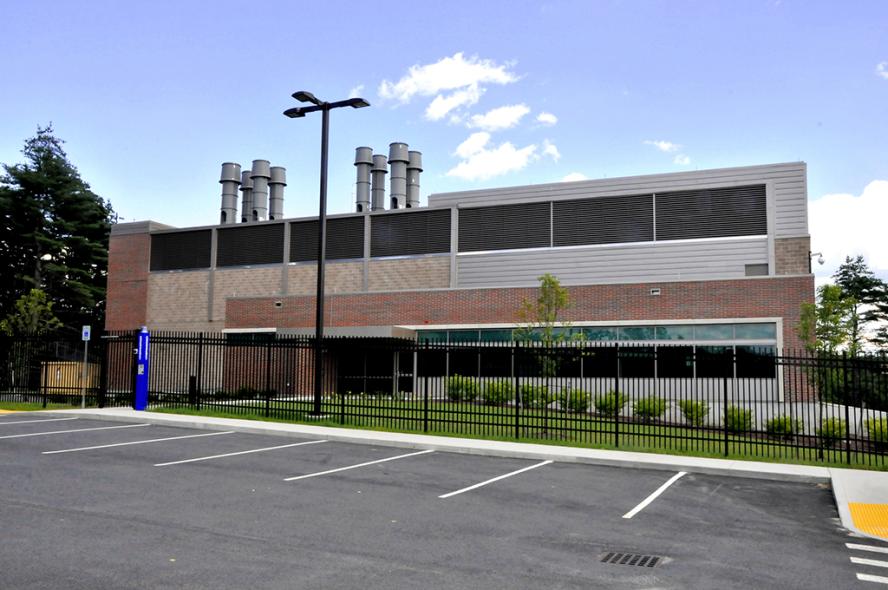-
About
- Leadership & Faculty
- News & Events
-
Academics
- Graduate
- Advanced Clinical Training
- Continuing Education
- Academic Departments
- Academic Offices
- Simulation Experiences
-
Student Life
-
Research
-
Hospitals & Clinics
- Emergency Care
- Hospital Services
-
Community Outreach
- Volunteer
Biosecurity Must Include Measures for Epidemic Disease
Professor Sam Telford says the U.S. was caught unprepared to fight COVID-19—and asks how we will learn from this experience and invest differently going forward.

Like most of us, the faculty and researchers at Cummings School have watched the COVID-19 pandemic develop and spread with a mixture of concern and curiosity.
While none of them were surprised to see a new virus spill over from animals to people, they still have lots of questions about how it’s infecting and affecting people worldwide—and what it will take to bring the U.S. and international outbreak under control.
We asked these experts to share what questions about COVID-19 they’d most like to be able to answer in the months ahead.
Professor Sam Telford is director of the Tufts New England Regional Biosafety Laboratory, a state-of-the-art research facility where university and other regional researchers can safely work with infectious diseases such as COVID-19. He has taught a graduate course in biodefense since 2002.
“To me, the most sobering question is how is it how we were caught so unprepared at the most fundamental point of response?” said Telford. “Our healthcare facilities and healthcare providers are doing their heroic best, but we lack enough personal protective equipment, life-support systems, pharmaceuticals, and even beds for those who are all sick at one time.
It’s hard to accept when you realize that within just six weeks in 2001, the U.S. Centers for Disease and CDC mustered 250 epidemiologists in response to an out-of-the-blue anthrax letter attack—identifying 22 cases, recommending antimicrobial prophylaxis to 30,000 people, and limiting deaths to five people. This was an outstanding epidemiological and public-health achievement with none of the infrastructure or technology that we have now.
As a result of the terrorist attacks in 2001, particularly “Amerithrax,” we have seen intensive organization and enterprise to prevent and respond to bio-incidents. The National Biodefense Strategy overall is a comprehensive and thoughtful document, except that it focuses too much on detecting, deterring, denying and preventing intentional acts to harm the public health. There is implicit recognition of natural events such as pandemics, but the genesis and objectives of the U.S. strategy are focused on terrorism. Of the five main goals, only goal 4.2 materially addresses containing, controlling, or mitigating outbreaks or mass casualty events.
The U.S. spent 54 billion dollars on biodefense from 2001-2010. But we are now seeing that the big hole in the biodefense armor is our lack of surge capacity for treating mass casualties, not thwarting or punishing bioterrorists. We have gone overboard in addressing the known specific threats—the old military bioweapon candidates such as anthrax, plague, tularemia, and smallpox, among others.
Will we learn from this experience and invest more time thinking about and implementing plans for the prevention of and response to epidemic diseases in general, particularly those transmitted from person to person?”
Read more responses in our “Answers Needed About COVID-19” series from Janetrix Hellen Amuguni, Amanda Martinot, Felicia Nutter, Marieke Rosenbaum, Jonathan Runstadler, Abhineet Sheoran, Charles Shoemaker, Saul Tzipori, and Chris Whittier.
Department:
Dept. of Infectious Disease and Global Health